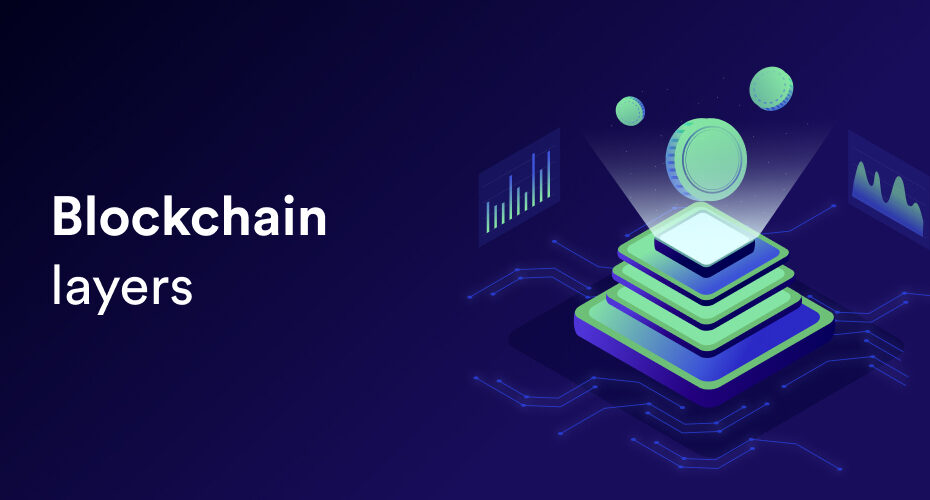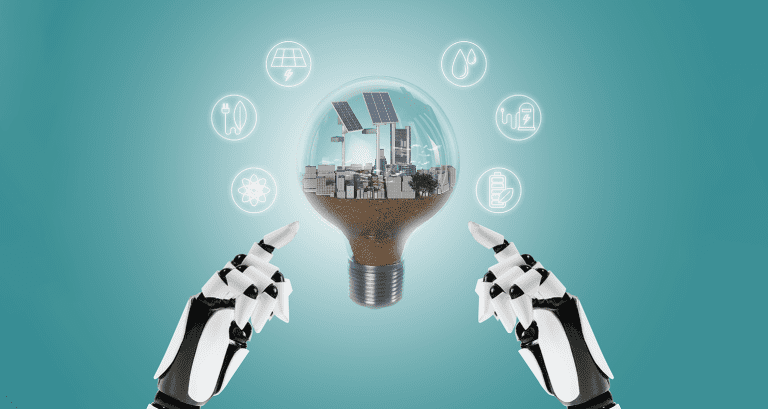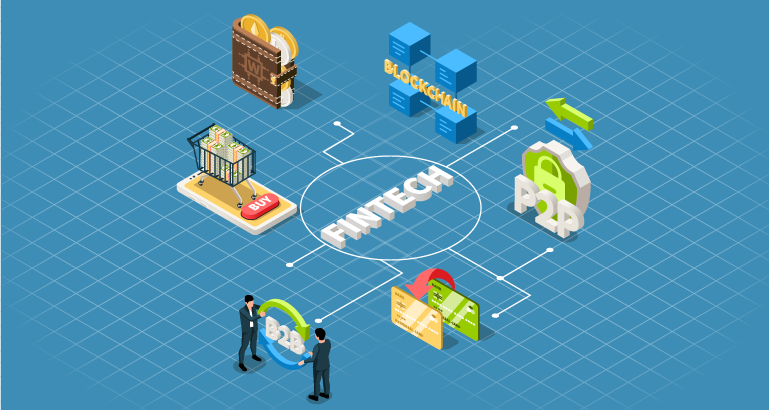Blockchain layers
The tech space has revolutionized how data is stored, transferred, and managed via blockchain technology. This new breakthrough technology has brought up new possibilities and opportunities. Bitcoin was the first-ever blockchain that attracted masses for decentralized ledger technology followed by Ethereum, Avalanche, Solana, Tezos, etc. This technology brought innovative solutions, services, and opportunities that reconstructed traditional operations of industries.
This breakthrough technology struggled with vulnerabilities like speed, and gas fees that ensure optimal scalability. Thus, a layer 2 solution was developed to improvises the blockchain ecosystem. Continuous upgradation has been done to overcome the challenges of the ecosystem.
Components of Blockchain Technology
- Node application
- Distributed/shared ledger
- Consensus algorithm
- Virtual machine
- Peer-to-peer network
Distinct layers of blockchain
In blockchain technology, a collection of components in an ecosystem functions together to develop a unique space. In the case of the blockchain ecosystem, it has a collection of distributed nodes, where immutable transactions are recorded and stored. The blockchain digital ledger is constructed upon a layer structure.
As per blockchain professionals, there are five layers of blockchain infrastructure-
- Infrastructure/hardware layer
- Data layer
- Network layer
- Consensus layer
- Application & presentation layer
The layered structure of blockchain architecture
Application and presentation layerSmart contracts, Chaincode, DApps, UI |
Consensus LayerPow, PosD, Pos, PoET, PBFT |
Network LayerPeer-to-peer |
Data layerDigital signature, Harsh, Merkle tree, transactions |
Hardware/Infrasture layerVirtual Machine, Containers, Mining Rig |
Blockchain layers as per protocols: Explained
1. Layer 0
- Layer 0 is made of components like the internet, hardware, connections, and other important elements.
- Apart from enabling communication across blockchains, it also assists in inter-chain operability.
- As beneficial in addressing the scalability issues, layer 0 offers a solid foundation for future layers.
- Generally, Layer 0 uses a native token to encourage and focus on involvement and development.
2. Layer 1
- All the core functions of a blockchain network including dispute resolution, consensus, programming languages, protocols, and limitations are done at layer 1.
- Layer 1 struggles with some issues like scalability (because of the large volume of transactions), higher fees, and longer processing times. As more users join, more computation power is required to resolve and add more blocks.
- Improved and better consensus techniques like proof-of-stake and sharding were introduced to overcome the issues of scalability but were shortfalls.
3. Layer 2
- To increase the productivity of the network, more power is required. As additional nodes are added, the network becomes congested. But, as adding nodes are important, it will affect layer 1 factors.
- Thus, layer 1 can’t be constructed largely without moving all processing to layer 1. With the help of the third party, the integration process of the layer 1 solution is done.
- When layer 1 is redesigned and all transactional validation overseen, a new network, layer 2 network is developed. Layer 2 is positioned on top of layer 1 to facilitate smooth communication. The management of new blocks added to the blockchain is the complete responsibility of layer 1.
4. Layer 3
- The front view or the final layer of the blockchain space that can be viewed with the naked eye is called the layer 3 network. Users communicate on layer 3 of the protocol. It provides ease of communicating and functioning while working with layer 1 and layer
- Along with the user interface, it also performs functions like intra- and inter-chain operability, such as decentralized exchanges, liquidity provisioning, and staking applications.
Conclusion
Each and every layer have its own unique functionality. These layers are combined together to make the blockchain a complete solution offering technology from data management to user applications. The road to innovations in blockchain technology has brought many lucrative initiatives to the global community of web 3 enthusiasts. Nu10’s team of blockchain professionals, developers, and specialists provides blockchain consulting, development, and launch services. Reach out to us for more information.
About Author
Gururaj Potnis
Gururaj Potnis is an accomplished entrepreneur with 18 years of experience across ventures such as Erasmic Consulting, Manthan, and Idea Bubbles. An alumnus of IIM Calcutta and IIT Delhi, Gururaj has a proven track record of steering organizations through growth and transformation. His leadership philosophy centers on fostering innovation, nurturing talent, and delivering scalable, future-ready solutions that resonate across industries.









